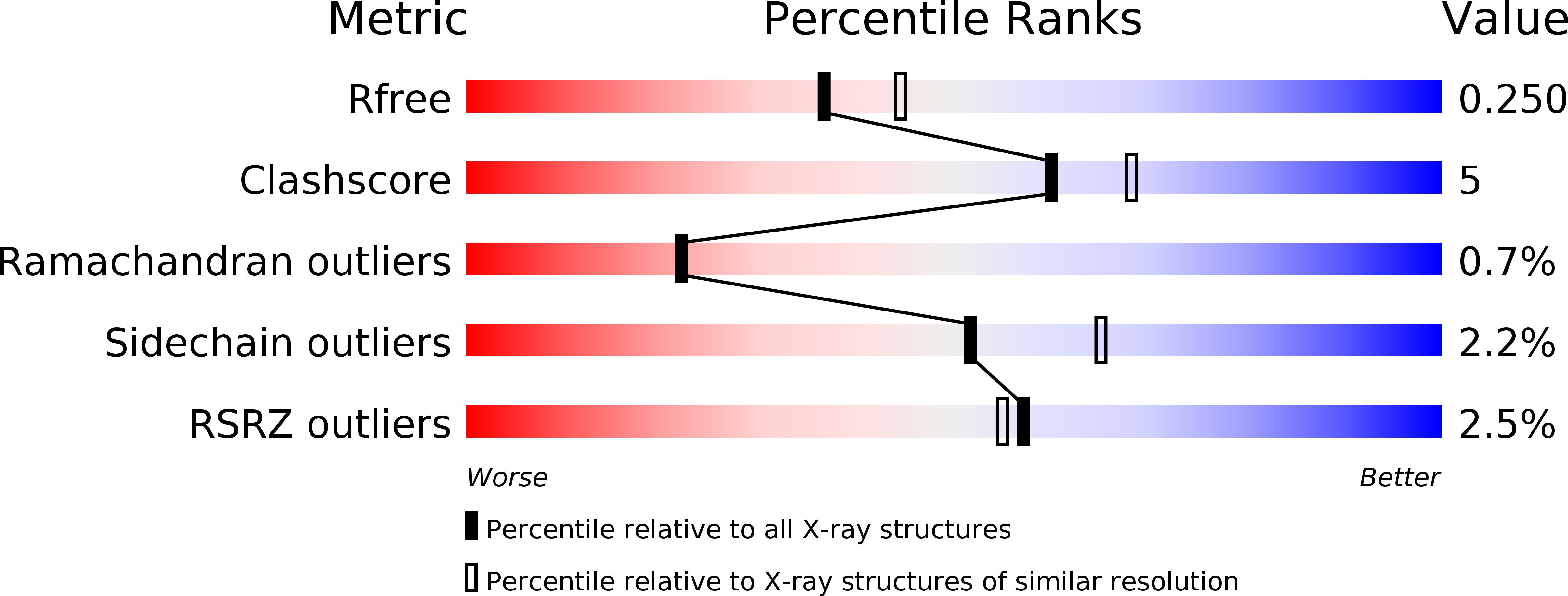
Deposition Date
2013-01-21
Release Date
2014-01-15
Last Version Date
2024-02-28
Entry Detail
PDB ID:
4IUH
Keywords:
Title:
Crystal structure of NreA of Staphylococcus carnosus with bound iodide
Biological Source:
Source Organism:
Staphylococcus carnosus subsp. carnosus TM300 (Taxon ID: 396513)
Host Organism:
Method Details:
Experimental Method:
Resolution:
2.20 Å
R-Value Free:
0.25
R-Value Work:
0.20
R-Value Observed:
0.20
Space Group:
P 43 21 2


